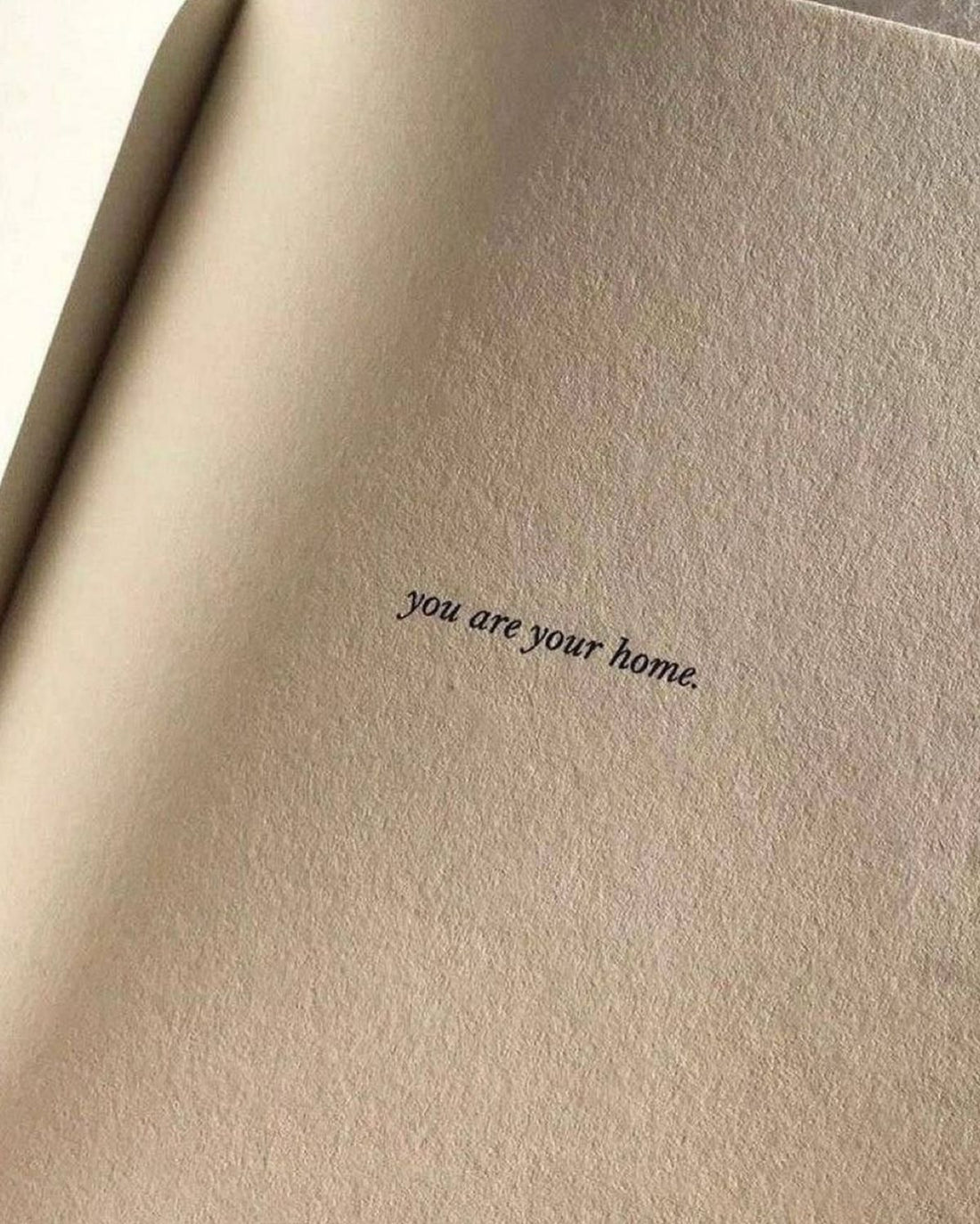
Anxious Attachment & Self-Esteem
Share
I want to share something I’ve noticed in my work and my own life: the way our attachment style, especially anxious attachment, shapes how we feel about ourselves. It’s one of those things that can quietly color every relationship we have, every interaction, and even the way we show up in the world.
If you’ve ever felt like your self-esteem is a rollercoaster, you’re not alone. For those of us with anxious attachment, that instability isn’t a quirk; it’s part of the pattern. Anxious attachment is often born from early experiences where our needs for love and attention weren’t consistently met. We grow up learning to crave closeness but also fearing rejection, and this creates a fragile sense of self-worth.
People with high anxious attachment tend to:
-
Struggle with a negative self-concept: They often carry a deep-seated belief that they aren’t “enough,” which can make them vulnerable to sadness, anxiety, and overthinking.
-
Tie their self-esteem to others’ approval: Their sense of worth fluctuates depending on how accepted or appreciated they feel by the people around them.
-
React strongly to feedback: Even small slights or what others might see as trivial (like being ignored for a moment) can feel devastating, leading to dips in mood and self-esteem.
There’s even research showing that rejection sensitivity plays a huge role here. If we grew up with inconsistent or rejecting caregivers, we become hyper-alert to rejection, often interpreting neutral situations as signs that we’re unwanted or unloved. This makes sense: our mind is just trying to protect us, but it also keeps our self-esteem on shaky ground.
And here’s the thing: when our self-esteem wobbles, it can open the door to other struggles. Anxiety, depression, or behaviors meant to compensate for feeling unworthy (like excessive social media scrolling) can all show up. We’re seeking reassurance, connection, or proof that we belong somewhere. The fear of missing out (FoMO) is just one example of this: we look to the online world to feel seen and validated, but it can actually make the problem worse.
So, what can we do about it? Healing this pattern isn’t about suddenly feeling “perfect” or never doubting ourselves. It’s about understanding the root of our anxiety and gently working toward stability. Some ways to start include:
-
Recognize your attachment style: Simply naming the pattern can help you step out of automatic reactions.
-
Build resilience in self-worth: Practice connecting to yourself without relying on others’ approval. Little daily reminders that you are enough can slowly shift your inner narrative. I will post more tips on this in my following articles
-
Reflect on triggers: Notice when low self-esteem or rejection sensitivity pops up, and explore what past experiences it might be linked to.
-
Set healthy boundaries: Protect your energy and seek relationships where mutual respect and consistency are present.
The journey isn’t about fixing yourself, it’s about understanding yourself and creating a safe inner space. When we start caring for our own needs, soothing our fears of rejection, and seeing ourselves clearly, we naturally move toward healthier relationships and a steadier, more confident sense of self.
If you’ve ever felt like your self-esteem depends on someone else’s opinion, know that there’s hope. You can learn to anchor your worth within yourself and navigate life with more calm, security, and peace.
Because healing isn’t about changing who you are—it’s about releasing what no longer serves you!

